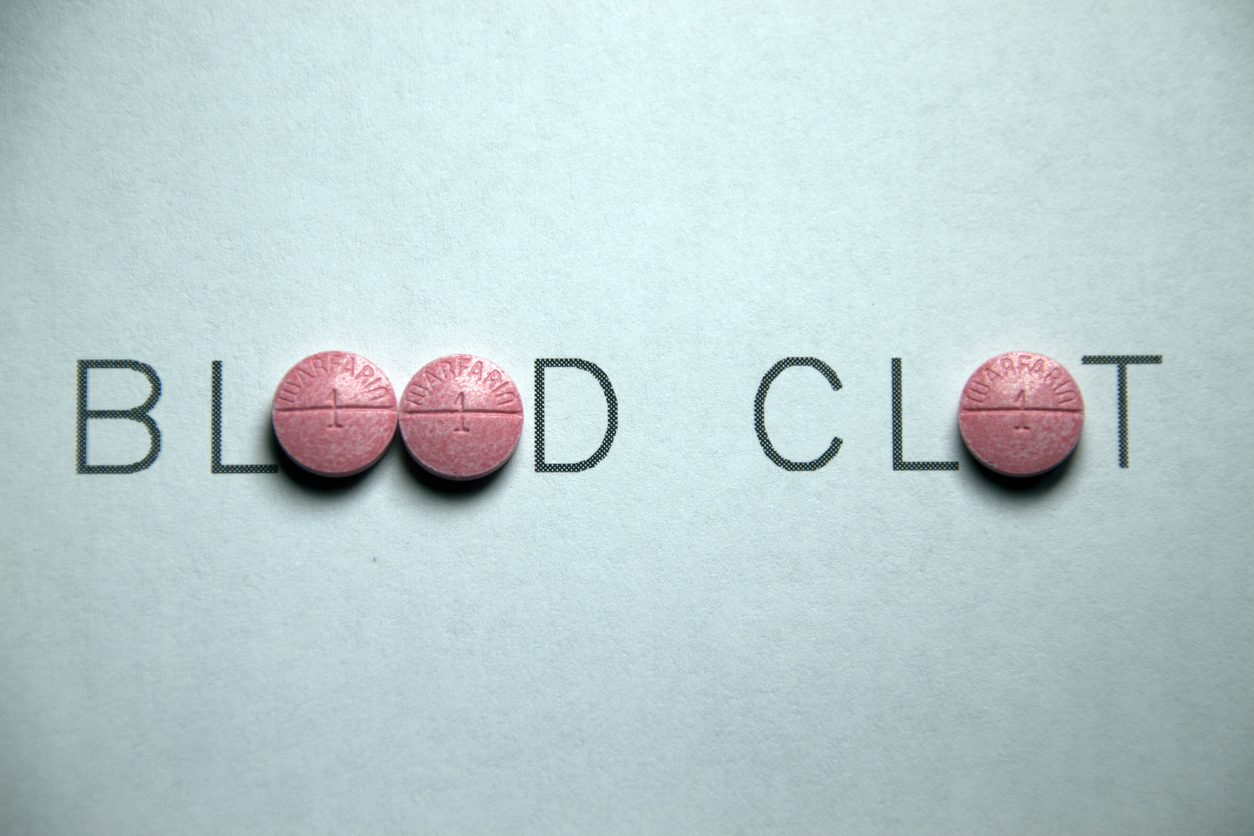
When you sustain a wound, having a blood clot can prevent you from losing too much blood. However, blood clots can also form within your veins when there is no wound to stop up. Unnecessary blood clots can eventually cause a pulmonary embolism, which will prevent your major organs from receiving the proper amount of blood and oxygen they need.
Swelling in a Single Limb
A blood clot that lies deep within a vein is also known as deep vein thrombosis, or DVT. A common sign of DVT is when an arm or leg become abnormally swollen. You will know the swelling occurs because of DVT when the swelling appears rapidly with painful discomfort. Oftentimes the pain from a blood clot will feel like a muscle strain or cramp, so be careful not to overlook these symptoms.
Extreme Chest Pain
When a DVT becomes dislodged, it turns into a pulmonary embolism (PE). Both a heart attack and PE share similar pain and symptoms, but there are a few distinctions to identify which one is occurring. Pain that emanates from PE is sharp, extremely painful when you take a deep breath, and worsens with each breath. Heart attack pain normally radiates from areas near your shoulder, neck, or jaw.
Hard to Breathe
It’s possible for a blood clot to form in your lungs, which will make it very hard for a person to catch their breath. Having a shortness of breath and an increased heart rate are common symptoms of a blood clot in your lungs. If it’s hard to take deep breaths without feeling pain, there’s a good chance you have a PE in your lungs.
The symptoms of having a severe blood clot are easy to identify as long as you have some knowledge of blood clots, so read up! For other useful tips and information, visit our blog! If you’re interested in learning more, or visiting The Arbors Assisted Living community, schedule a tour by contacting one of our five convenient locations:
Bohemia
Hauppauge
Islandia East
Islandia West
Westbury